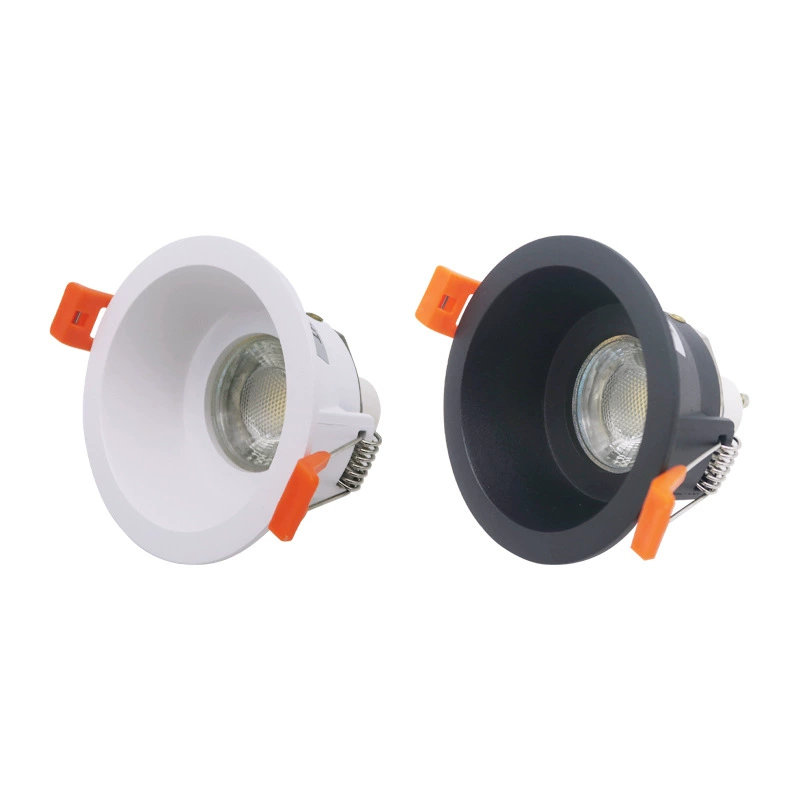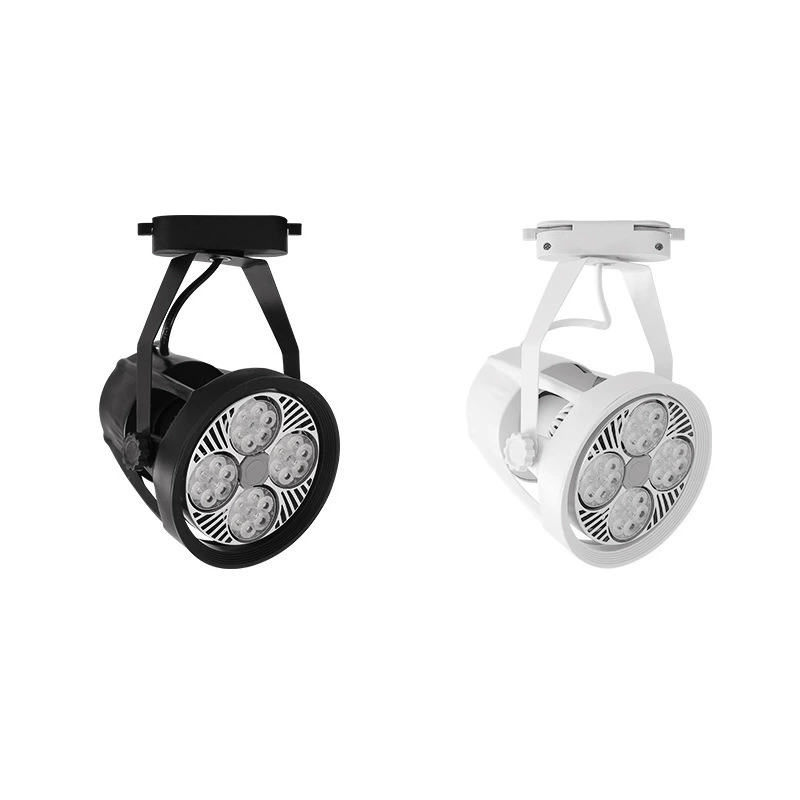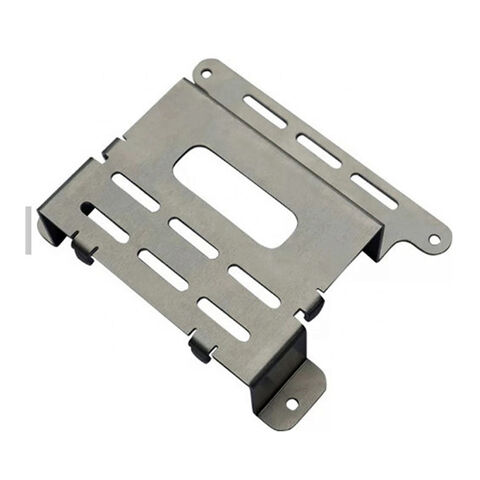Chrome plating provides a sleek, shiny finish and corrosion resistance to metal surfaces. However, there are times when you need to remove this coating.
Whether it’s for refurbishing, repairing, or re-coating purposes, understanding how to safely and effectively remove chrome plating is essential.
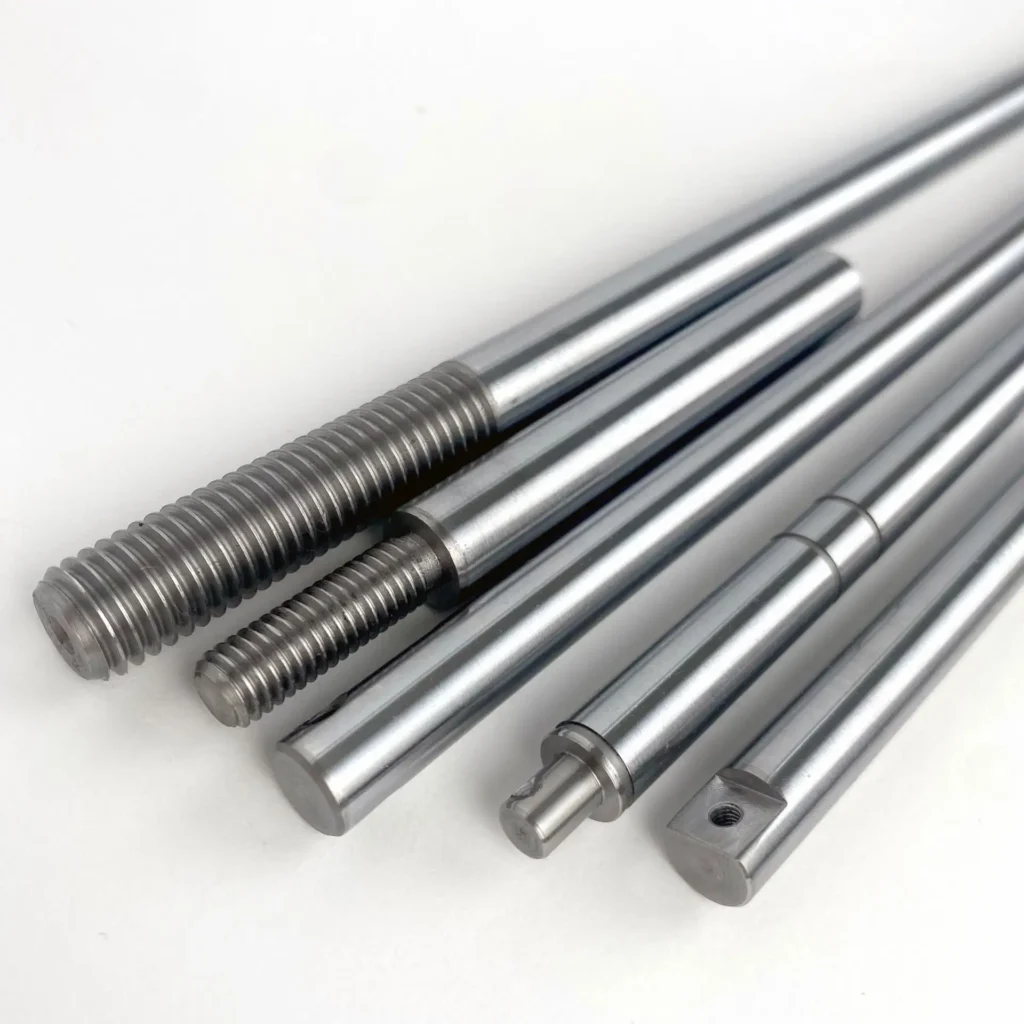
Removing chrome plating from metal can be achieved using various methods such as chemical stripping, abrasive blasting, or even household items.
The easiest way is typically using an acid solution like hydrochloric acid, which dissolves the chrome plating. However, it’s crucial to follow safety guidelines to avoid exposure to harmful chemicals.
This guide will cover everything you need and want to know. Let’s delve deeper into the details of chrome plating and the methods used for its removal.
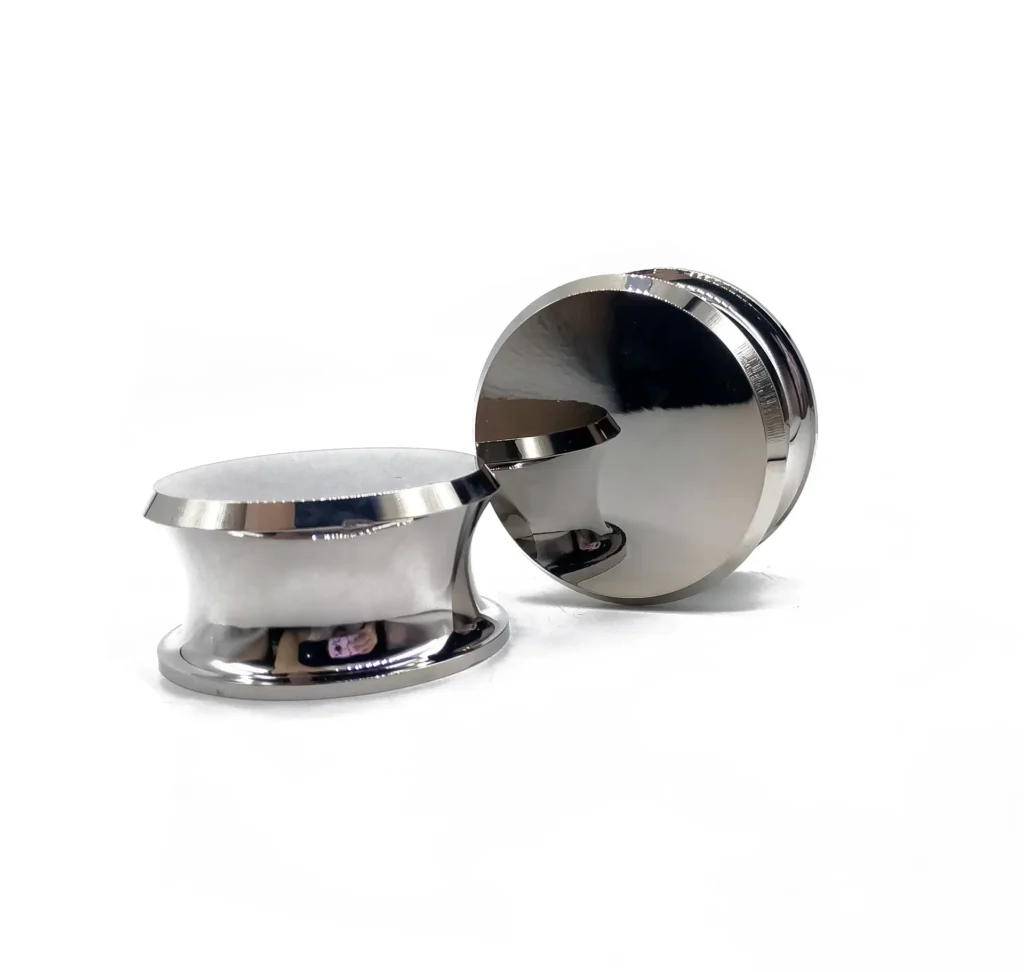
What Process Is Used in Chrome Plating?
Chrome plating is a process that involves electroplating a thin layer of chromium onto a metal object, which can be broadly categorized into decorative and hard chrome plating.
This enhances the appearance, increases surface hardness, and provides corrosion resistance. The chrome plating process typically involves several steps to ensure a durable and high-quality finish:
Surface Preparation: The metal surface is thoroughly cleaned to remove dirt, grease, or rust. This can be done through mechanical polishing, abrasive blasting, or chemical cleaning.
Base Layer Application: A base layer, often nickel, is applied to the metal surface. This layer helps improve adhesion and provides additional corrosion resistance.
Electroplating with Chromium: The metal object is submerged in a chromic acid solution, and an electric current is applied. This causes chromium ions to deposit onto the surface, forming a thin, even chrome layer.
Post-Plating Treatments: After plating, the object may undergo further polishing or heat treatment to enhance the finish and durability.
The process requires precise temperature control, current density, and solution composition to achieve the desired results. Modern plating facilities often use advanced technologies and automated systems to ensure consistent quality and efficiency.
Why Would You Want to Remove Chrome Plating?
There are several reasons why you might want to remove chrome plating from a metal surface:
Refurbishing: Over time, chrome plating can become damaged or worn, detracting from the appearance and function of the object. Removing the old plating allows for proper refurbishment and restoration.
Re-coating: The existing chrome layer must often be removed first to apply a new plating layer or a different finish. This ensures better adhesion and a more uniform finish for the new coating.
Repairs: Removing chrome plating may be necessary to repair underlying issues such as rust, cracks, or other damage to the base metal. Addressing these issues can extend the lifespan and functionality of the object.
Customization: For aesthetic reasons, such as changing the color or finish of an item, chrome plating may need to be removed. This is common in automotive and decorative applications where custom finishes are desired.
Removing chrome plating can also be necessary for recycling and reusing metal components. By stripping the plating, the base metal can be reclaimed and repurposed for other uses.
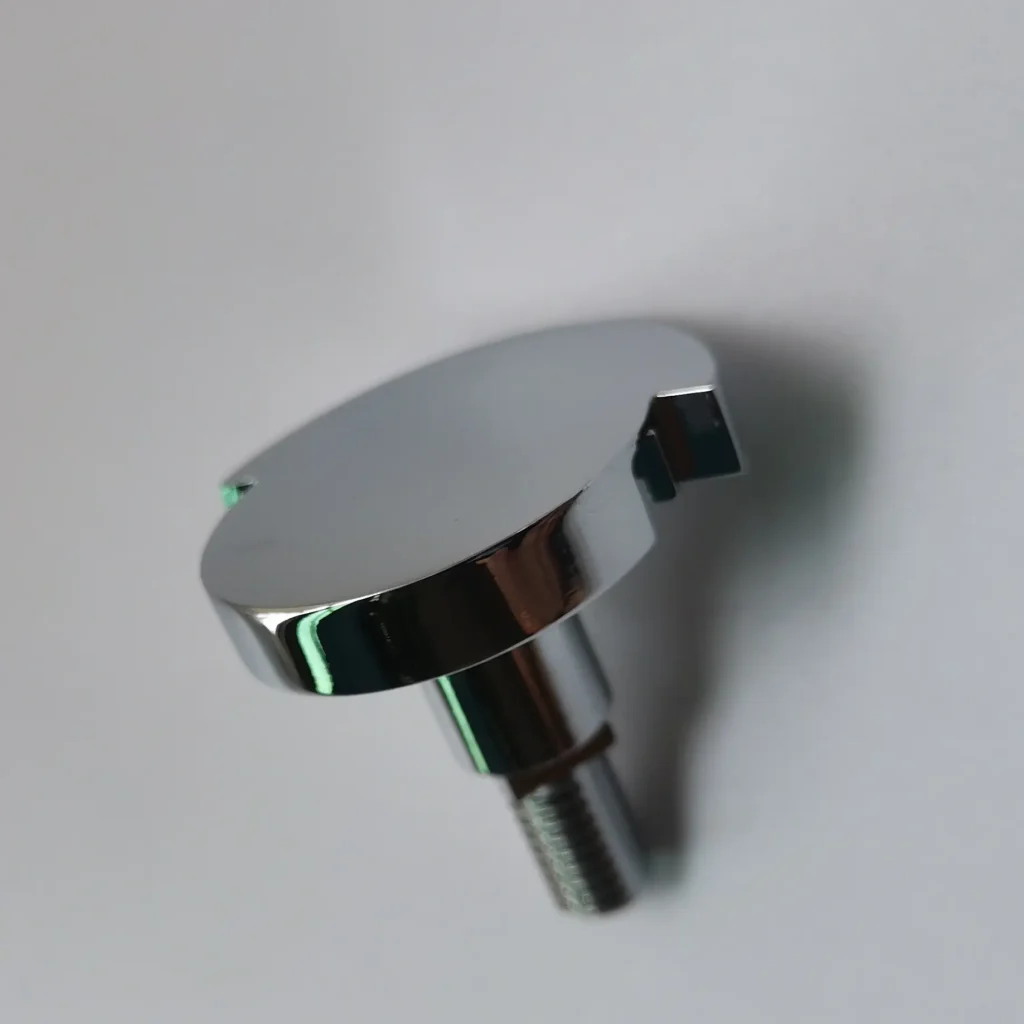
Ways to Remove Chrome Plating From Metal
There are several methods for removing chrome plating, which depend on factors such as the type of chrome plating, the size and shape of the object, and the resources available.
Specialist Equipment
Professional equipment such as abrasive blasting or electrochemical stripping can effectively remove chrome plating. These methods are typically used in industrial settings due to the need for specialized machinery and expertise.
Abrasive Blasting: This method involves using a high-pressure stream of abrasive particles to remove the chrome plating. Standard abrasives include sand, aluminum oxide, and glass beads.
Electrochemical Stripping: This method uses an electrolytic cell to reverse the electroplating process and remove the chrome layer. The object is immersed in an electrolyte solution, and an electric current is applied to dissolve the chrome plating.
Using Chemicals
Chemical stripping involves using acids or other chemical solutions to dissolve the chrome plating. Common chemicals used include:
Hydrochloric Acid (HCl): Hydrochloric acid is a powerful acid that can effectively dissolve chrome plating. The object is submerged in a diluted HCl solution until the chrome layer is removed. However, it is highly corrosive and dangerous to handle. Requires proper ventilation and protective gear.
Sodium Hydroxide (NaOH): Also known as lye, sodium hydroxide can strip chrome plating by breaking down the chrome layer. The object is submerged in a NaOH solution until the chrome is removed. It can cause burns and respiratory issues, which require careful handling and disposal.
Sulfuric Acid (H2SO4): Sulfuric acid is another powerful acid that can dissolve chrome plating. It is often used in combination with other acids for more effective stripping. It is highly corrosive and hazardous, which requires proper safety measures and disposal procedures.
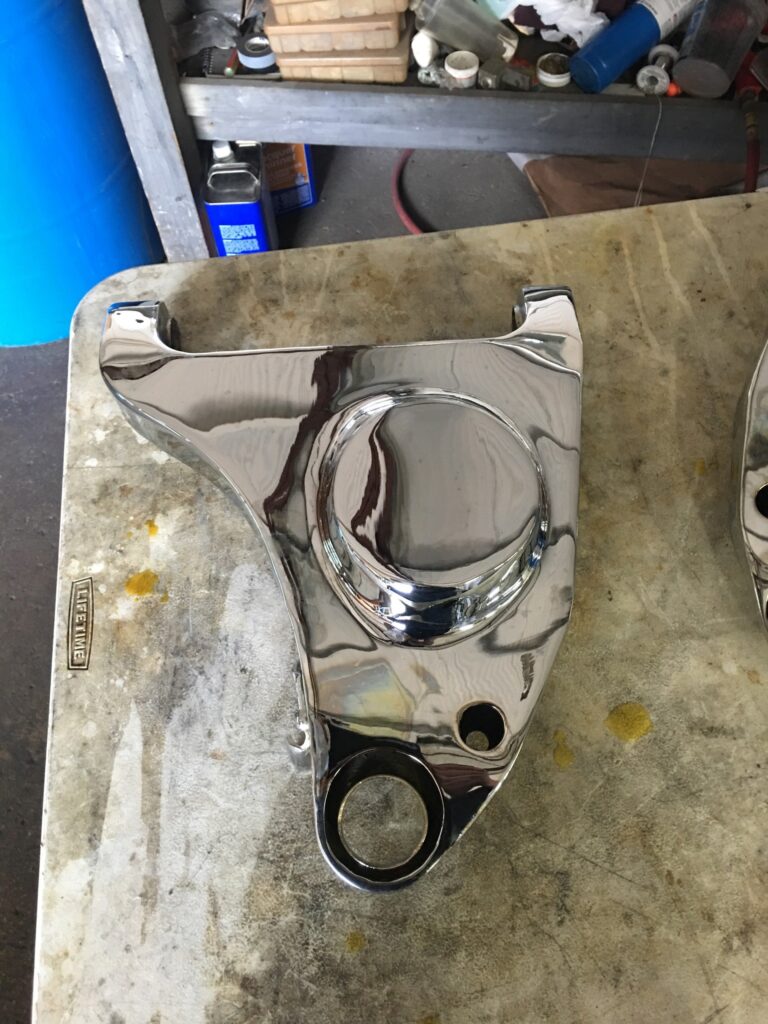
Removing Chrome Coating Using Everyday Household Products
For those who prefer less hazardous methods, certain household items can be used to remove chrome plating. These methods are generally less effective for thick or industrial-grade chrome plating. Still, they can work well for small or decorative items.
Vinegar and Aluminum Foil: Soaking the item in vinegar and scrubbing it with aluminum foil can help remove the chrome plating. The vinegar’s acetic acid helps break down the chrome layer, while the aluminum foil provides abrasion.
Bleach: Submerging the chrome-plated item in bleach can slowly dissolve the chrome layer. This method works best for small items or thin layers of chrome plating.
Sandpaper: Although labor-intensive, using sandpaper to remove the chrome plating manually can be effective for small areas. Coarse-grit sandpaper is used to remove the chrome layer, followed by finer-grit sandpaper to smooth the surface.
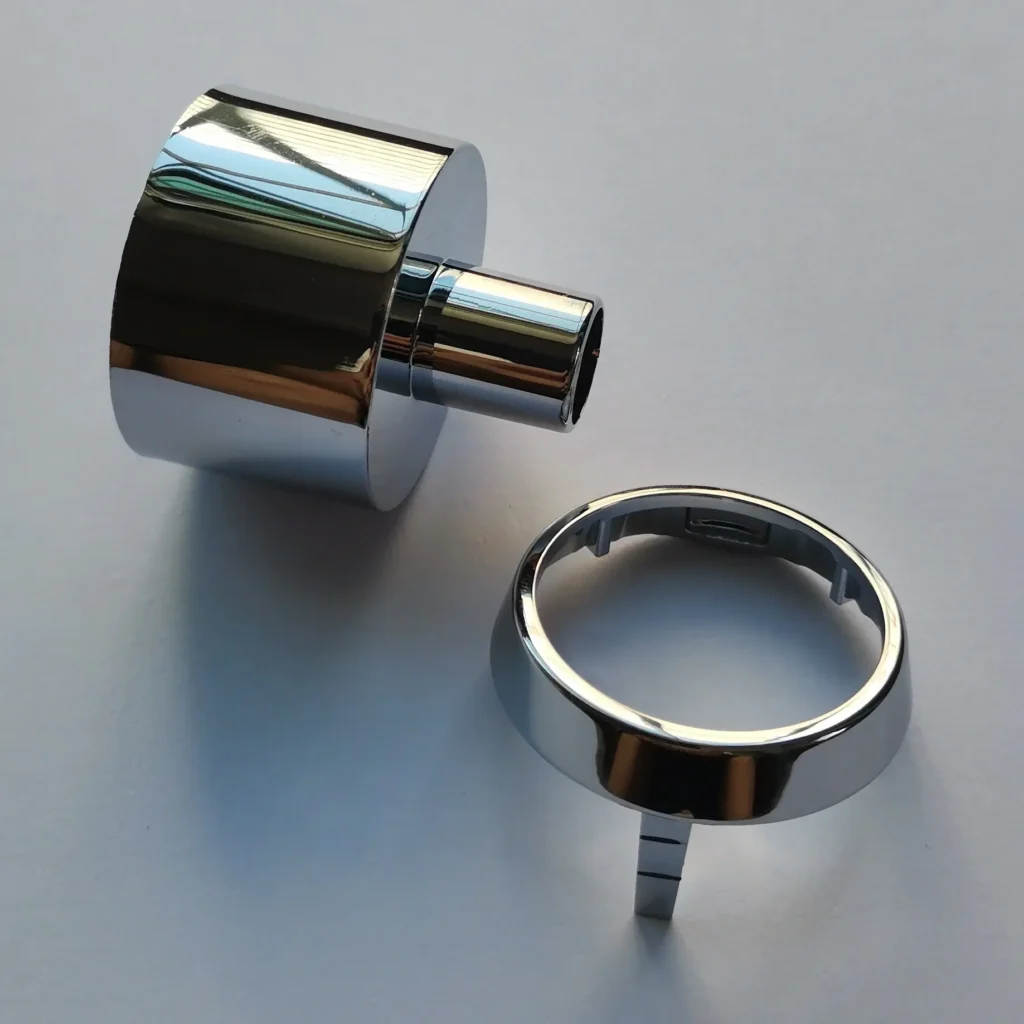
Summary:
Removing chrome plating from metal requires careful consideration of the methods and safety precautions involved.
Whether using chemical solutions, professional equipment, or household items, following guidelines is essential to ensure effective and safe removal. If in doubt, consult a professional to avoid potential hazards.





